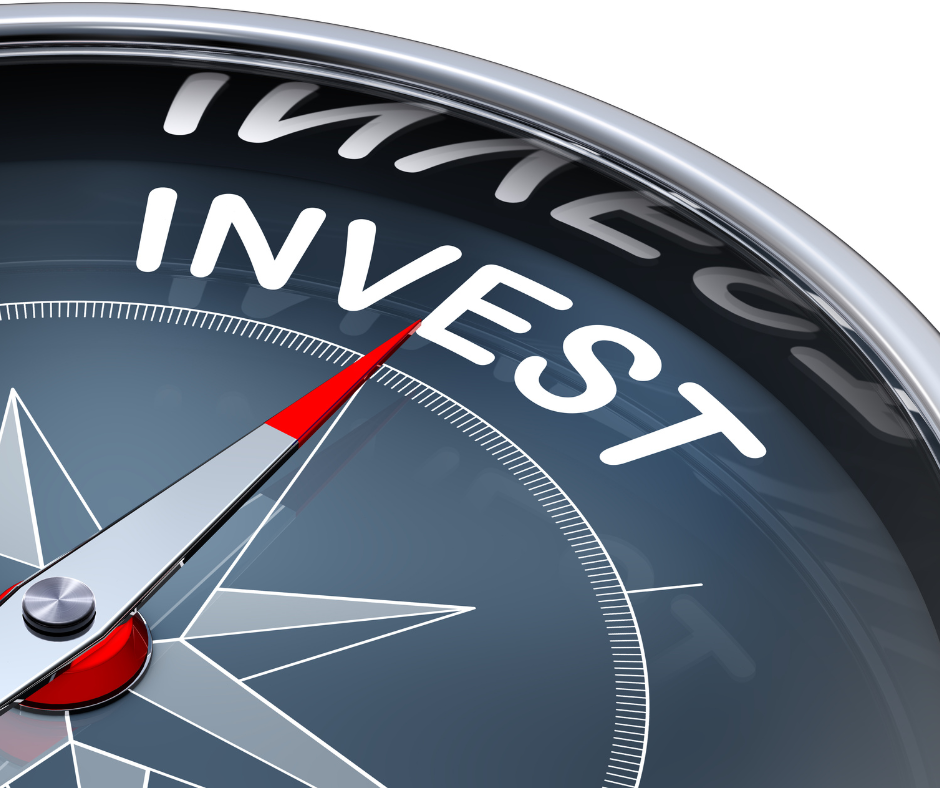ESG Integration: Is it enough?
March 24, 2023
There is no doubt that sustainability issues are dominating today’s headlines. As the public and private sectors are increasingly recognizing the urgency of addressing the challenges raised by climate change, corporate firms, and investors are seeking to consider environmental, social, and governance (ESG) factors when making investment decisions. In fact, it is now considered a standard practice for many asset managers and institutional investors to engage in ESG integration to help identify sustainability risks and opportunities that may not be captured by traditional financial analyses. However, while ESG integration has become a popular buzzword, it may not be enough to truly achieve sustainability. The numbers speak for themselves: a study by Morningstar found that while global sustainable funds reached a record $1.7 trillion in assets under management in 2020, only 36% of them had a high sustainability rating.
To understand this disparity, I spoke with Peter Krull, a Partner and Director of Sustainable Investing at Earth Equity Advisors. Krull founded Earth Equity Advisors, a Prime Capital Investment Advisors Company based in Asheville, North Carolina, that specializes in sustainable, responsible, and impact (SRI) investing, back in 2004. Since then, he has been working diligently to create and manage Earth Equity’s SRI investment portfolios and raise awareness about what it means to invest responsibly. Krull has received many accolades throughout his career for his efforts such as winning the Sustainable Champion Award from the North Carolina Business Council in 2022 and being named on the Investopedia 100 list of the 100 most influential financial advisors in America in 2018.
In my conversation with Krull, we discussed how ESG metrics are often utilized by corporations in their reports to greenwash their business practices. Krull makes an important distinction: “ESG involves environmental, social, and governance metrics. They are data points that help you create a portfolio— they are not the portfolio in and of itself.” Often companies “cherry-pick” metrics, selectively choosing statistics that show them in a positive light while ignoring other metrics that may be less favorable. For example, in 2020, a report by the environmental group Greenpeace found that Amazon was “cherry-picking” ESG metrics, misleading investors through their sustainability reporting. The investigation found that Amazon was reporting on its renewable energy usage, but failed to disclose the sources of this energy, which included controversial and environmentally detrimental sources like fossil fuels or hydroelectric dams that have negative environmental impacts. Krull also mentioned that there is a general lack of standardization when it comes to utilizing ESG metrics. He detailed how large investment companies like BlackRock will layer on ESG metrics to as Krull says, make the portfolio seem “less bad”. Rather than impacting lasting change and promoting positive social impact, such ESG factors focus primarily on risk management and avoiding companies with poor ESG performance.
According to Krull, sustainable investing is far more positive. It is all about seeking out opportunities to make the economy more sustainable and resilient as society moves forward. Investors direct capital towards companies addressing sustainability challenges such as climate change, resource depletion, social inequality, and other environmental and social issues. By investing sustainably, investors can not only generate financial returns but also impact social change. When describing the difference between ESG integration and sustainability investing, Krull states: “A portfolio that reduces its exposure to ExxonMobil is less bad, one that eliminates it entirely is better, but one that replaces it with First Solar is sustainable”. This proactive approach to investing in innovative solutions to climate challenges is what sustainable investing is all about.
The UNC Cleantech Summit is a great place to hear more from Krull on the subject matter and learn about how you can engage in sustainability investing. In the meanwhile, I asked Krull for advice he has for individuals just getting started in aligning their investments with their values. He said: “The best way to get started investing in mutual funds and ETFs is to lift up the hood. Yahoo Finance and fund companies’ annual report filings are great accessible resources. Check out the list of holdings and do research to see if their practices truly align with what you value.”
Sources:
Cook, G., & Jardim, E. (2019, February 13). Clicking clean Virginia. Greenpeace USA. Retrieved from https://www.greenpeace.org/usa/reports/click-clean-virginia/
ESG Integration Framework – Institutional. BlackRock. (2022, April). Retrieved from https://www.blackrock.com/institutions/en-us/solutions/sustainable-investing/esg-integration
Hale, J. (2022, February 18). Sustainable funds landscape – highlights and observations. Morningstar, Inc. Retrieved from https://www.morningstar.com/articles/1080300/sustainable-funds-landscape-highlights-and-observations
Stobierski, T. (2022, July 14). What is sustainable investing?: HBS Online. Business Insights Blog. Retrieved from https://online.hbs.edu/blog/post/sustainable-investing
About the Author
This article was written by Maanya Rajesh, a freshman at UNC-Chapel Hill majoring in Business Administration and Environmental Studies. She is currently an IE Cleantech Corner Initiative intern involved with the Green Finance track. Connect with her on LinkedIn.
